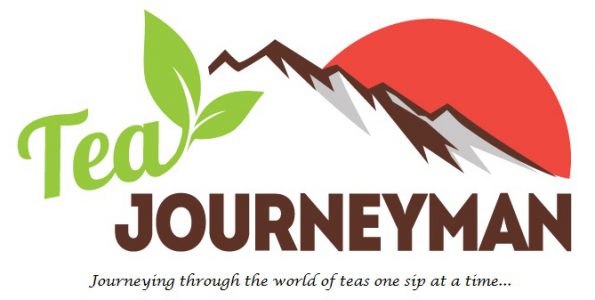Here is a product that I have not seen before. This is a yellow tea from the Nilgiri District of south India. This sample was provided by Teaneer Teas from the Vijayalakshmi Natural Farm.
Yellow teas are rarely found being produced outside of China. Even within China, the art of producing yellow tea is in decline. It will be interesting to compare this to the two other yellow teas currently in my collection, both of which are from China.
Look for Teaneer Teas on Facebook, Twitter, WordPress, and LinkedIn. You may also view the profile for VijayaLaskshmi Natural Farm at the Tealet Teas website by clicking here.
The sample pack is opened, and the appearance of the Teaneer Yellow Tea is very different from the Chinese yellow teas that I have come across. Let the journey begin…

The dry leaves have a fairly uniform dark yellow to dark brown color with some silver tips. The majority of the leaves are whole and attached to the stem, which clearly shows a three leaf and small bud pluck. A few leaves are separated from the stem, but appear to be whole leaves or almost whole fragments. The leaves appear to be hand twisted. The aroma has scents of hay with a light smokiness.
Three grams of leaves were placed in a five ounce (150 ml) ceramic infusion cup. Purified spring water was heated to 175°F (75°C). The leaves were infused for two minutes.

The first infusion produced a liquor with a light, pale yellow color, clear and transparent. The aroma has scents of hay, light smoke, and a very light ripe fruit hint. The body is light, with a delicate and soft feel. The taste has strong notes of hay, grass, and floral (hyacinth/lavender). The aftertaste is floral and pleasant.

The second infusion produced a liquor with a slightly deeper shade of pale yellow color. The aroma retains the scents of hay and light smoke. The body remains light. The taste has a better balance, and retains the hay, grass, and hyacinth/lavender notes.

The third infusion produced a liquor slightly lighter in color than the second infusion. The aroma has only slightly lightened. The taste has lightened slightly, and retains the same basic characteristics, with the addition of a slight mineral taste appearing. Honestly, I think this third infusion has been my favorite of the three. The taste is not as strong, and is better balanced than the other two infusions.

The infused leaves have a uniform fresh green color, which was unexpected given the fairly dark color of the dry leaves. There are very few fragments, and those few are very large. Most leaves are whole and attached to a stem. Stems show anywhere from one leaf and bud to three leaves and bud. These are very fresh, healthy, and impressive looking leaves. The aroma is fresh hay and dandelion flowers.
At first, I was not feeling too strongly for this Teaneer Yellow Tea. However, as I sipped the second and third infusions, I began to better understand the tastes. I am planning to give this tea a quick rinse as I progress through the sample to see if that will eliminate some of the stronger hay and barnyard tastes that I felt in the first infusion. The look of the leaves both dry and infused displayed the care that was put into plucking and processing them. The aroma was consistent with other yellow teas, consisting mainly of hay scents.
As I mentioned earlier, I will be interested to compare this Yellow Tea side by side with my Chinese yellow teas. This was a great experience, and I thank Vijayalakshmi Natural Farm and Teaneer Teas for providing this sample. Cheers!





